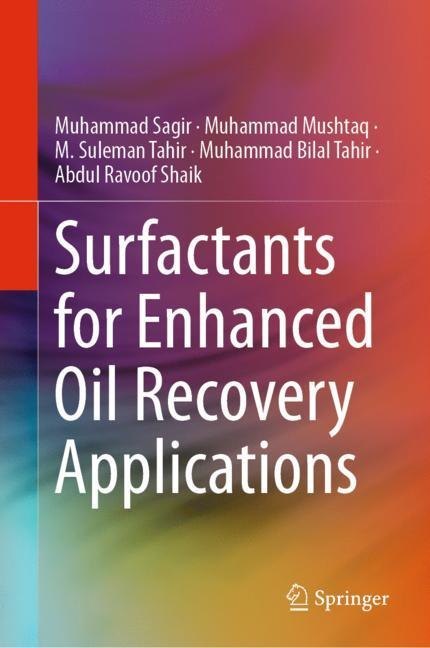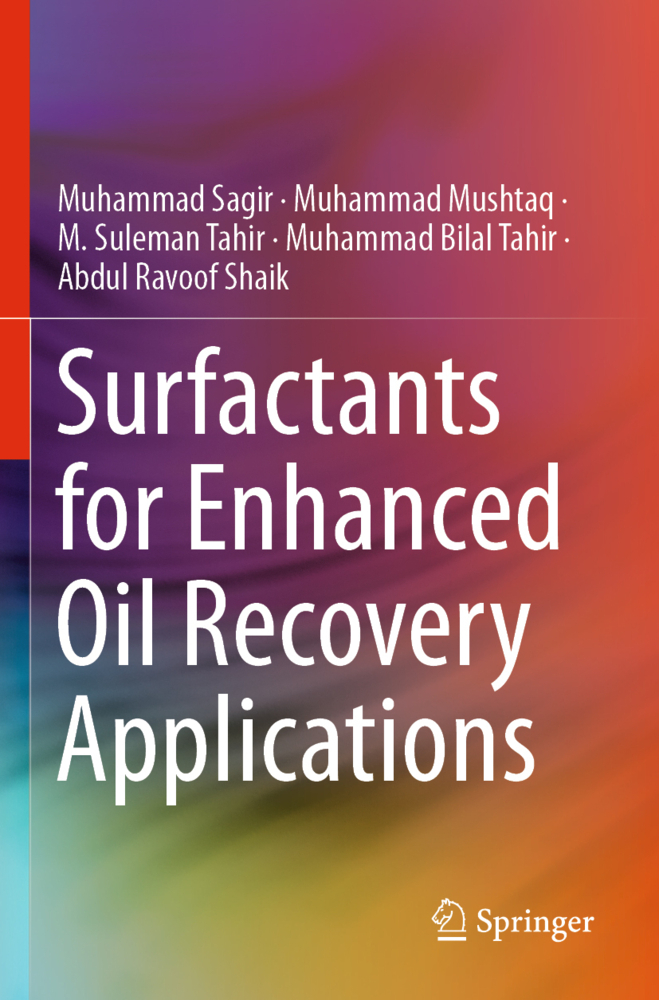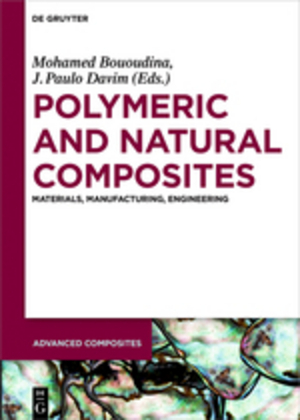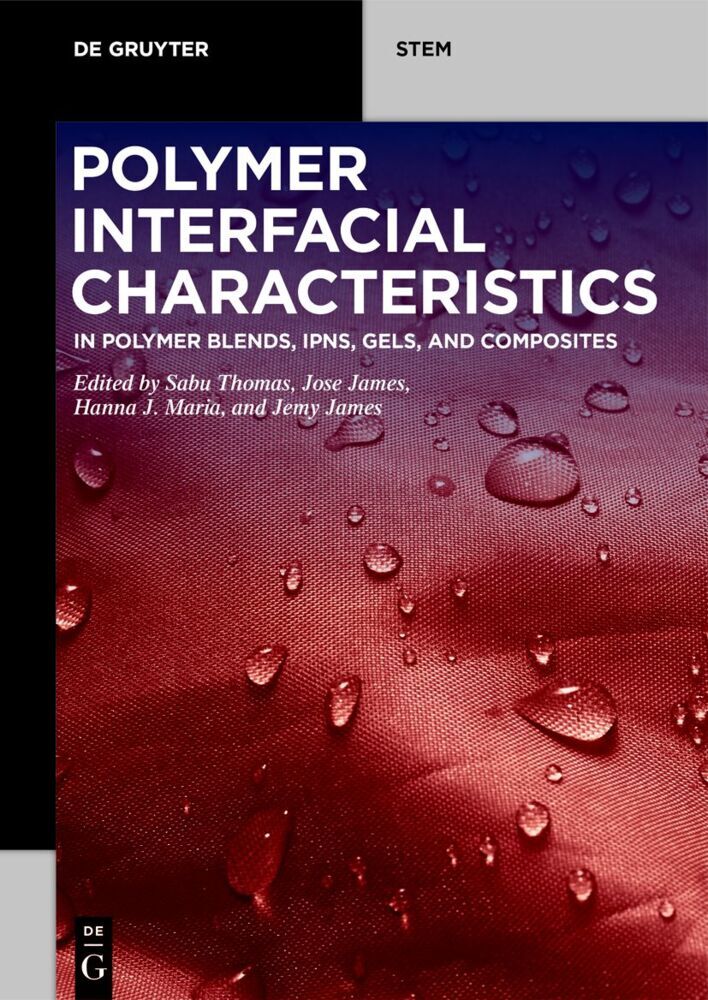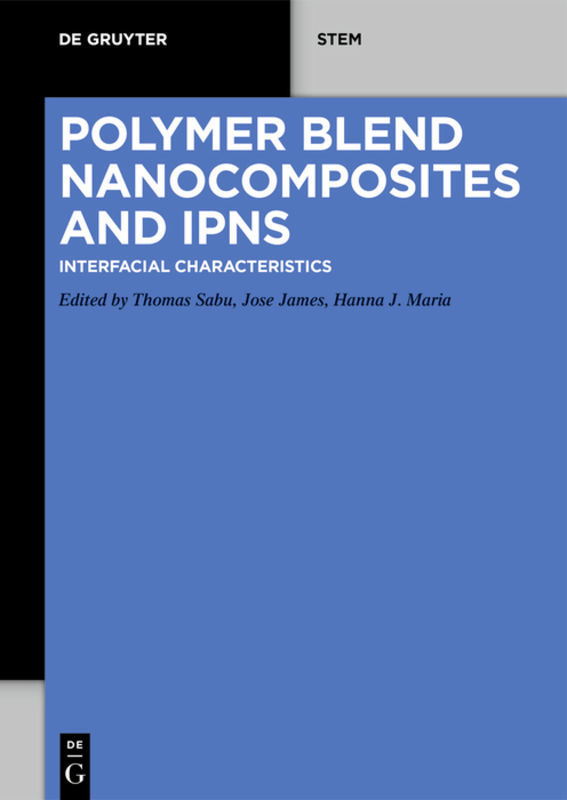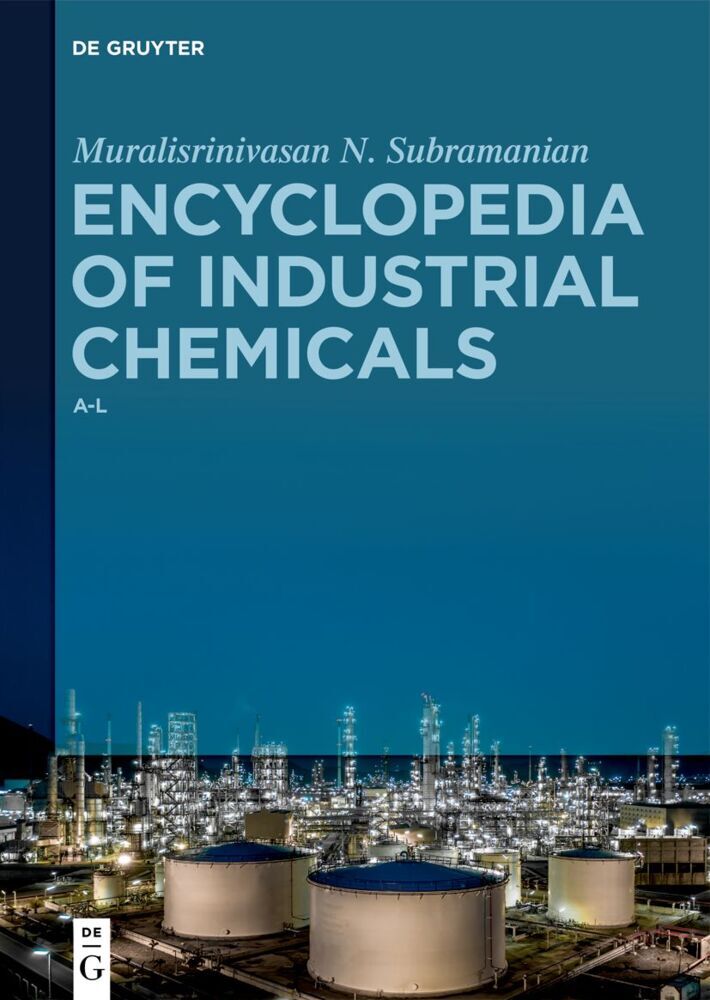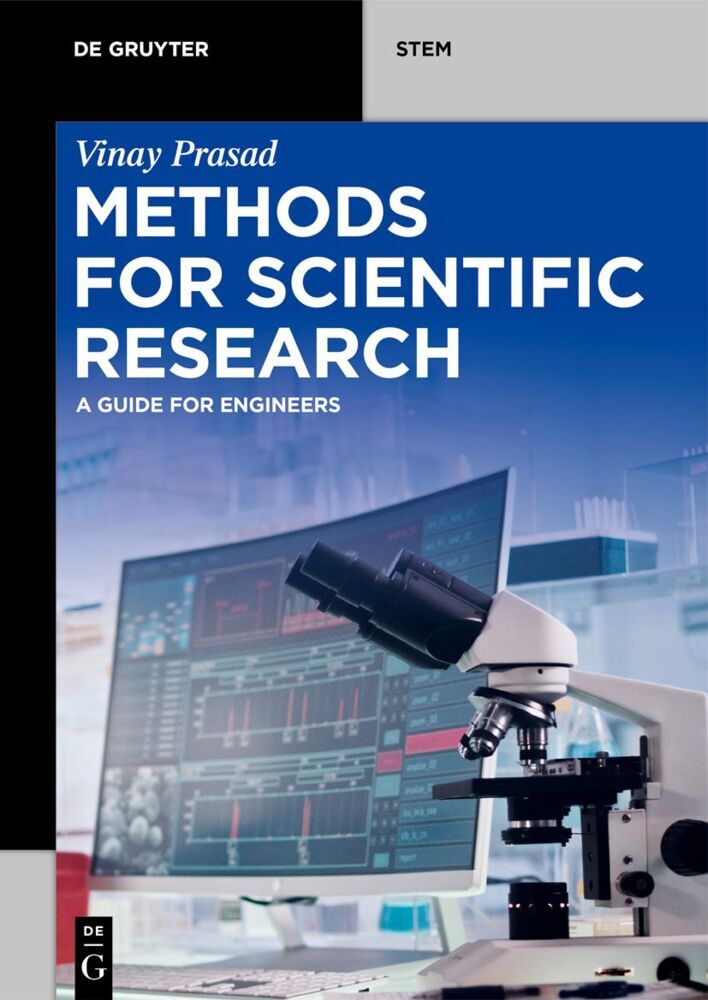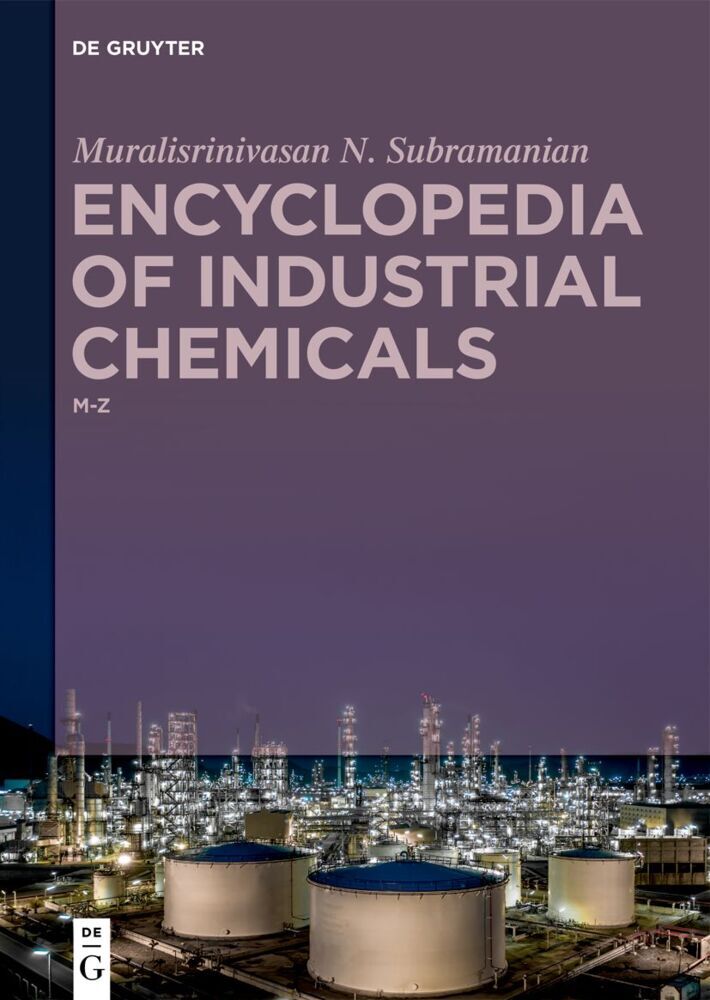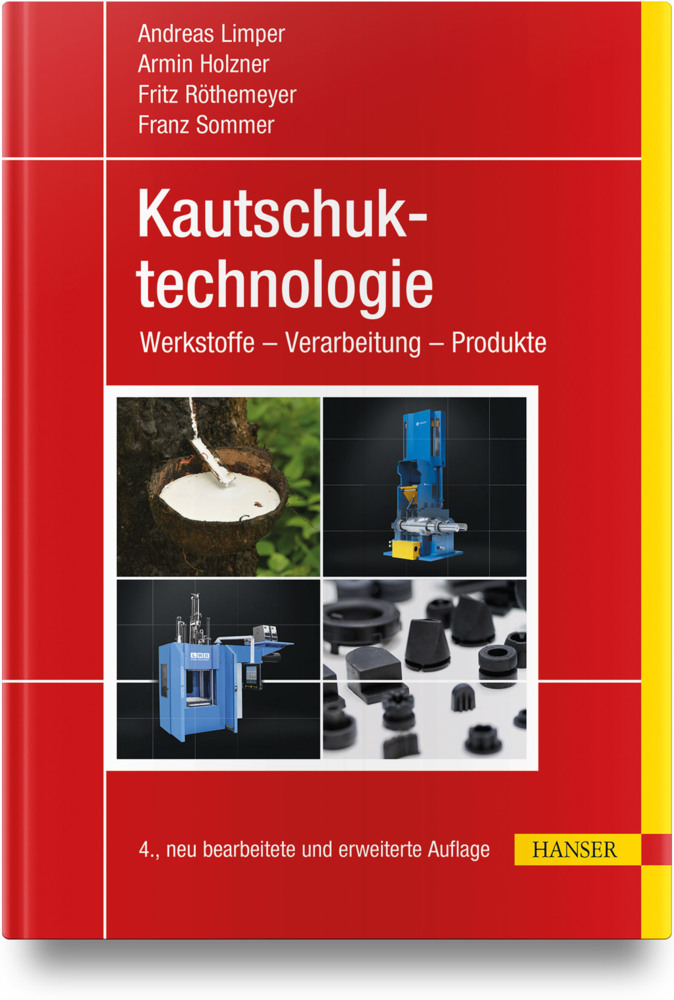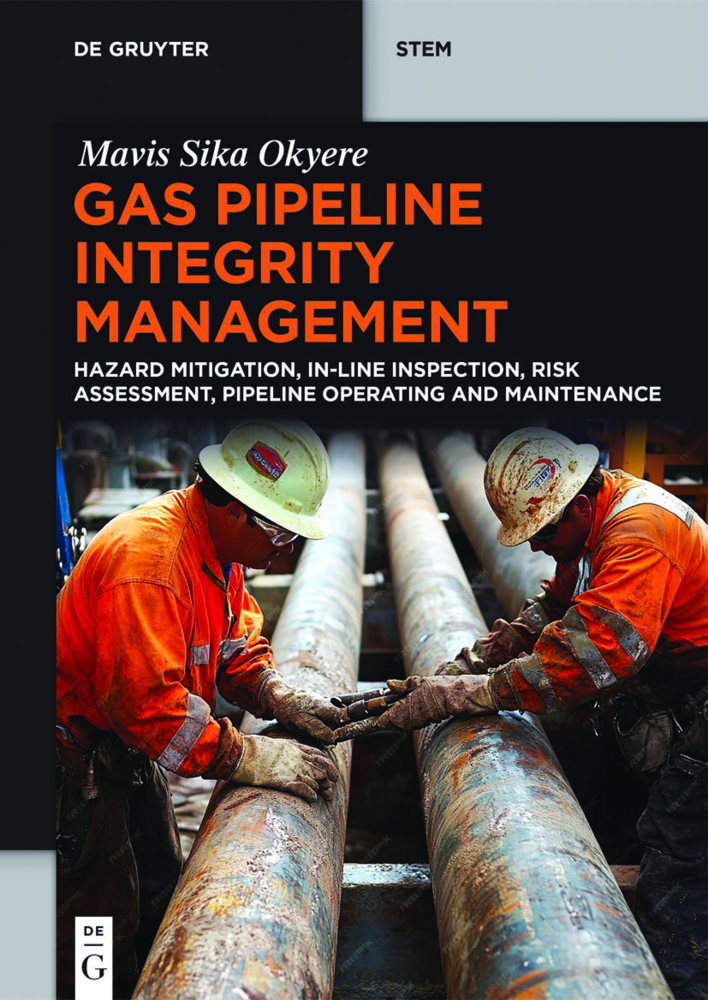Surfactants for Enhanced Oil Recovery Applications
This book provides a concise treatise on the use of surfactants in enhanced oil recovery (EOR), including information on key types of surfactants and their respective applications in the wider petroleum industry.
The authors discuss carbon dioxide EOR, alkaline-surfactant-polymer flooding strategies, and the use of surfactants as a means of reducing interfacial tension, while also paying special attention to the challenges involved in using surfactants for enhanced oil recovery, such as the difficult issue of surfactant adsorption on reservoir rock. All chapters highlight and are based on the authors' own laboratory-scale case studies.
Given its content, the book offers a valuable asset for graduate students of petroleum and chemical engineering, as well as researchers in the field of chemical enhanced oil recovery. It will also be of interest to professionals involved in enhanced industrial oil recovery.
Dr Muhammad Sagir is currently working at the Department of Chemical Engineering, University of Gujrat, Pakistan. He is involved in four different research projects as PI, Co-PI, or collaborator, and has participated in numerous prior research projects in various capacities. He has published more than 50 journal papers in peer-reviewed international journals and over 40 papers in international conference proceedings. Throughout his career, he has worked on or led teams on a wide variety of R&D projects, e.g. chemical EOR projects using surfactants or other chemicals.
Dr Muhammad Mushtaq is a leading researcher at the ADRIC chemical EOR laboratory for carbonate reservoirs. He joined ADRIC after completing his PhD at the UTP, Malaysia. His chief area of interest is the formulation, design and evaluation of surfactants for EOR applications involving wettability alteration. He is also currently leading a research group on using polymers for EOR applications in SP and Foam-Polymer projects. Dr. Muhammad has several publications and a book chapter on surfactants and polymers in EOR applications to his credit.
Prof M Suleman Tahir is currently working as a Professor of Chemical Engineering and Dean of the Faculty of Engineering and Technology, University of Gujrat, Pakistan. He received his PhD from the TU Graz, Austria, in 2011. He has published 40 papers in ISI-indexed international journals. He has an extensive background in chemical engineering research, especially in the field of energy. Currently, he is involved in several research and technology development projects as PI or Co-PI.
Dr Muhammad Bilal Tahir is a researcher at the University of Gujrat, Pakistan and is currently working on nanotechnology for the oil and gas industry, as well as colloids & surfactants. His initial work was on photocatalysis-based processes for pollutant decontamination, adsorption of heavy metals in water and oil, and energy production. He has many publications in prominent ISI-indexed international journals.
Dr Abdul Ravoof Shaik is a leading researcher in the area of SCAL and chemical EOR for carbonate reservoirs. After finishing his ME and PhD at the University of New South Wales, Sydney, Australia, he joined ADNOC research and innovation center in 2014. His research chiefly focuses on fluid transport through porous media. He has received a Star Fellowship Award from the SPE, and an APA Award from the Australian government, for his exceptional research.
The authors discuss carbon dioxide EOR, alkaline-surfactant-polymer flooding strategies, and the use of surfactants as a means of reducing interfacial tension, while also paying special attention to the challenges involved in using surfactants for enhanced oil recovery, such as the difficult issue of surfactant adsorption on reservoir rock. All chapters highlight and are based on the authors' own laboratory-scale case studies.
Given its content, the book offers a valuable asset for graduate students of petroleum and chemical engineering, as well as researchers in the field of chemical enhanced oil recovery. It will also be of interest to professionals involved in enhanced industrial oil recovery.
Dr Muhammad Sagir is currently working at the Department of Chemical Engineering, University of Gujrat, Pakistan. He is involved in four different research projects as PI, Co-PI, or collaborator, and has participated in numerous prior research projects in various capacities. He has published more than 50 journal papers in peer-reviewed international journals and over 40 papers in international conference proceedings. Throughout his career, he has worked on or led teams on a wide variety of R&D projects, e.g. chemical EOR projects using surfactants or other chemicals.
Dr Muhammad Mushtaq is a leading researcher at the ADRIC chemical EOR laboratory for carbonate reservoirs. He joined ADRIC after completing his PhD at the UTP, Malaysia. His chief area of interest is the formulation, design and evaluation of surfactants for EOR applications involving wettability alteration. He is also currently leading a research group on using polymers for EOR applications in SP and Foam-Polymer projects. Dr. Muhammad has several publications and a book chapter on surfactants and polymers in EOR applications to his credit.
Prof M Suleman Tahir is currently working as a Professor of Chemical Engineering and Dean of the Faculty of Engineering and Technology, University of Gujrat, Pakistan. He received his PhD from the TU Graz, Austria, in 2011. He has published 40 papers in ISI-indexed international journals. He has an extensive background in chemical engineering research, especially in the field of energy. Currently, he is involved in several research and technology development projects as PI or Co-PI.
Dr Muhammad Bilal Tahir is a researcher at the University of Gujrat, Pakistan and is currently working on nanotechnology for the oil and gas industry, as well as colloids & surfactants. His initial work was on photocatalysis-based processes for pollutant decontamination, adsorption of heavy metals in water and oil, and energy production. He has many publications in prominent ISI-indexed international journals.
Dr Abdul Ravoof Shaik is a leading researcher in the area of SCAL and chemical EOR for carbonate reservoirs. After finishing his ME and PhD at the University of New South Wales, Sydney, Australia, he joined ADNOC research and innovation center in 2014. His research chiefly focuses on fluid transport through porous media. He has received a Star Fellowship Award from the SPE, and an APA Award from the Australian government, for his exceptional research.
1;Contents;5 2;About the Authors;10 3;1 Surfactants;11 3.1;1.1 What Are the Surfactants?;11 3.1.1;1.1.1 Classification of Surfactants;12 3.1.2;1.1.2 Anionic Surfactants;12 3.1.3;1.1.3 Cationic Surfactants;13 3.1.4;1.1.4 Non-ionic Surfactants;14 3.1.5;1.1.5 Amphoteric Surfactants;14 3.2;1.2 Surfactants in Solution;15 3.3;1.3 History of Surfactants;16 3.4;1.4 Applications of Surfactants in Industry;17 3.4.1;1.4.1 Application in Detergents Formulations;18 3.4.2;1.4.2 In the Construction Industry;18 3.4.3;1.4.3 Application in Emulsions Formation;19 3.4.4;1.4.4 Application in Shampoo Formulations;19 3.4.5;1.4.5 In Ferrofluids;19 3.4.6;1.4.6 In Herbicide;19 3.4.7;1.4.7 Application in Cleansing Agents;19 3.4.8;1.4.8 Application in Firefighting;20 3.4.9;1.4.9 In the Paper Industry;20 3.4.10;1.4.10 In Leather Industry;20 3.4.11;1.4.11 Food Processing and Production;20 3.4.12;1.4.12 Metal Processing;20 3.4.13;1.4.13 Downstream Petroleum Industry;21 3.5;Bibliography;21 4;2 Surfactant in Petroleum Industry;22 4.1;2.1 Surfactants Application in the Petroleum Industry;22 4.1.1;2.1.1 Drilling Mud;22 4.1.2;2.1.2 Asphaltic Emulsions;23 4.1.3;2.1.3 Fluidization of Bitumen;23 4.1.4;2.1.4 Corrosion Inhibition;23 4.1.5;2.1.5 Oil Spill Clean-Up;23 4.1.6;2.1.6 Oil/Water Separation and Crude Oil Dehydration;24 4.1.7;2.1.7 Enhanced Oil Recovery;24 4.2;2.2 Surfactants in EOR Applications;25 4.3;2.3 Factors and Parameters Affecting Chemical EOR;26 4.3.1;2.3.1 Oil Trap Mechanism in Porous Media;26 4.3.2;2.3.2 Interfacial Tension (IFT);27 4.3.3;2.3.3 Capillary Number (Nc);28 4.3.4;2.3.4 Wettability;30 4.3.5;2.3.5 Capillary Pressure;31 4.3.6;2.3.6 Permeability;32 4.4;2.4 EOR Mechanism: Important Terms;32 4.5;2.5 Role of Surfactants in Recovering Trapped Oil;34 4.5.1;2.5.1 Trapped Oil Mobilization and Recovery;35 4.5.2;2.5.2 Surfactants Screening and Performance Evaluation;36 4.5.3;2.5.3 Thermal Stability and Compatibility with Reservoir Fluids;36 4.5.4;2.5.4 Adsorption of Surfactants;38 4.5.5;2.5.5 Ion Exchange;39 4.5.6;2.5.6 Ion Pairing;39 4.5.7;2.5.7 Acid-Based Interactions;39 4.5.8;2.5.8 Adsorption by the Polarization of ? Electrons;40 4.5.9;2.5.9 Adsorption by Dispersion Forces;41 4.5.10;2.5.10 Hydrogen Bonding;41 4.5.11;2.5.11 Adsorption Isotherm;41 4.5.12;2.5.12 IFT Test with Spinning Drop Tensiometer;44 4.5.13;2.5.13 Core Flood Tests;45 4.5.14;2.5.14 Static and Dynamic Adsorption;46 4.6;Bibliography;47 5;3 Foams in EOR;50 5.1;3.1 CO2-EOR;50 5.1.1;3.1.1 Challenges of CO2-EOR;52 5.1.2;3.1.2 Solutions to Overcome CO2 Problems;53 5.1.3;3.1.3 Foam for CO2 Mobility Control;54 5.2;3.2 Foam;54 5.2.1;3.2.1 Quality;57 5.2.2;3.2.2 Texture;58 5.2.3;3.2.3 Foam Generation in Porous Media;58 5.2.4;3.2.4 Snap off;59 5.2.5;3.2.5 Lamella Division;59 5.2.6;3.2.6 Leave-Behind;60 5.2.7;3.2.7 Foam in Porous Media;61 5.2.8;3.2.8 Effect of Foam on Gas and Liquid Mobility;62 5.3;3.3 Foam Stability;63 5.3.1;3.3.1 Film Drainage;63 5.3.2;3.3.2 Gas Diffusion;63 5.3.3;3.3.3 Oil Effect;64 5.3.4;3.3.4 Temperature Effect;65 5.3.5;3.3.5 Role of Surfactant in Foam Generation and Stability;65 5.4;3.4 Evaluation of Surfactants;65 5.4.1;3.4.1 Solubility and Thermal Stability;66 5.4.2;3.4.2 IFT Measurements (Pendant Drop Method);67 5.4.3;3.4.3 Foam Stability Test;67 5.4.4;3.4.4 Mobility Control Experiments;67 5.4.5;3.4.5 Coreflood Test for Maximum Oil Recovery;68 5.5;Bibliography;70 6;4 Surfactants as Emulsification Agents for IFT Reduction in EOR Applications;73 6.1;4.1 Interfacial Tension;73 6.2;4.2 Interfacial Tension and Emulsion;74 6.3;4.3 Types of Emulsions;74 6.3.1;4.3.1 Macro Emulsion;75 6.3.2;4.3.2 Microemulsions;75 6.4;4.4 Classification of Microemulsions;75 6.5;4.5 Phase Behavior of Surfactants, Oil, and Brine;76 6.6;4.6 IFT and the Solubilization Ratio of Oil and Brine;77 6.7;4.7 Effect of Surfactant Structure on IFT Behavior;81 6.7.1;4.7.1 Co-surfactants and Co-solvents;82 6.8;4.8 Effect of Salinity and Temperature on IFT Behavior;83 6.9;4.9 Structure-Performance Relationshi
Sagir, Muhammad
Mushtaq, Muhammad
Tahir, M. Suleman
| ISBN | 9783030187859 |
|---|---|
| Artikelnummer | 9783030187859 |
| Medientyp | E-Book - PDF |
| Copyrightjahr | 2020 |
| Verlag | Springer-Verlag |
| Umfang | 135 Seiten |
| Sprache | Englisch |
| Kopierschutz | Digitales Wasserzeichen |

